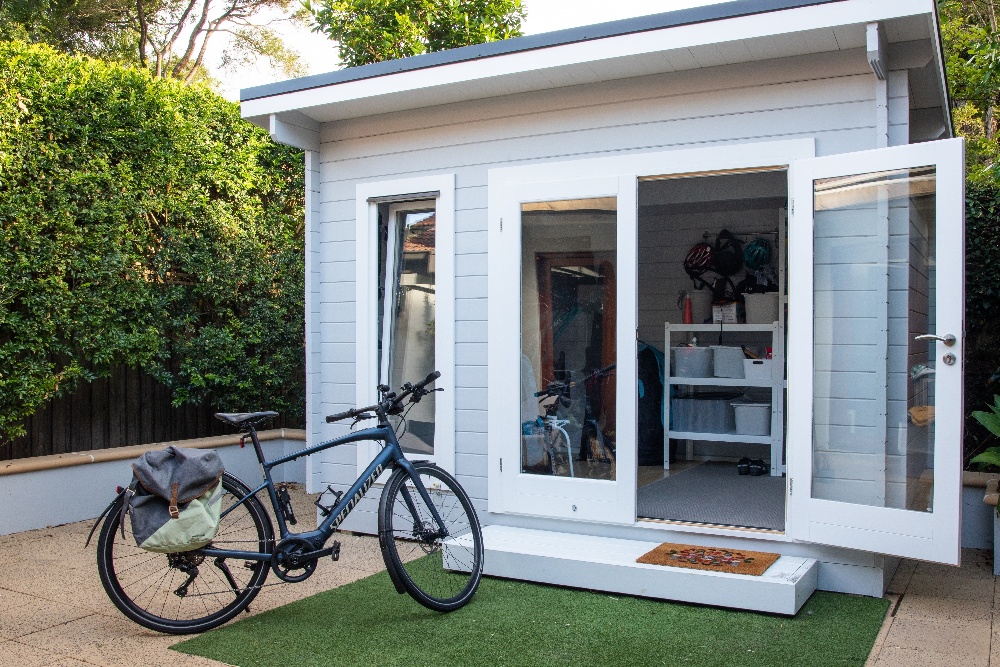Victoria eases permit requirements.
A recent Victorian Government update has allowed many small second dwellings to be exempt from a planning permit. In addition, these structures can now be rented to anyone, where previously income was confined to dependents.
At a time when the national housing shortage is a frequent headline item, this change is welcome news for many families. There are currently 80,000 backyard buildings across Australia, according to research group Achistar Property Platform. The trend is accelerating as more states ease regulations.
What is a small second dwelling?
A small second home such as a ‘granny flat’, tiny home, garden unit or backyard pod must have a gross floor area of sixty square metres or less and be on the same lot as an existing dwelling. As a self-contained residence, it requires a sink, food prep facilities, a bath or shower and a toilet with wash basin.
Other residential tenancy requirements apply if used as a rental accommodation, such as room sizes and smoke alarms. Rental may be short-term or long-term or the home may remain vacant.
Building permits are still required and can be signed off by a building surveyor. The structure can be detached, attached to an existing dwelling or a conversion of part of an existing dwelling (such as a garage).
Site conditions for the second structure include:
- Provide pedestrian access from the front street
- Be set back behind the front wall of the existing dwelling
- Comply with any garden area requirement
Exclusions include:
- Only one small second dwelling per lot unless an additional permit is obtained
- Not connected to reticulated natural gas
- If the lot is under 300sqm or in a sensitive rural zone, a building permit will be required
- Any other special planning controls
- Cannot be subdivided or sold off from the main home
- Does not need to provide car parking
Backing a growing trend
Tom Harrington is the Managing Director of Navy Blue Planning, a strategic urban and regional planning expert. Tom says, “The forecast is for small second dwellings to become more common in the future as households seek to generate rental income or accommodate family on the same property.”
Removing the burden of obtaining a planning permit for a small backyard accommodation allows families to provide better solutions for work-from-home offices, intergenerational care, or monetising their property. In the past, the long wait times for council approval and additional costs were disincentivising.
Evidence of the uptake of smaller housing is occurring in urban and regional locations. “Navy Blue is also seeing a proliferation of smaller dwellings clustered in residential villages in regional towns. This form of housing is strongly supported by Government in order to sustain regional workforces,” says Tom.

What about Tiny Homes?
In rural and regional areas, Tiny Homes have become a popular rental income option for properties with space and capacity. Tiny houses are generally moveable cabins or shipping containers on wheels or skids of up to 50m2, including loft space. The Australian Tiny House Association (ATHA) provides volunteer education, networks with government agencies and advocates for planning and building code equity.
The Victorian Builders Authority (VBA) is another reputable resource for small second dwellings. The VBA website states, "A ‘tiny home’ can be a lawful small second dwelling if it meets the specified planning and building requirements. Other regulations and local laws may apply.”
Assessing Costs and Tax Planning
The cost of building a second dwelling should be measured in proportion to the likely returns. Common funding options include mortgage top-ups, mortgage redraw, lines of credit and personal loans.
Additional income or losses will affect tax planning. When renting to a family member, expenses related to the dwelling may not be eligible tax deductions. Transparent estate planning may be required to avoid conflicts related to wills and the care of elderly family members.

In addition, capital gain tax exemptions may be forfeited on the primary residence as the second dwelling will increase the value of the property at sale.
If the small dwelling is intended for rent on platforms such as AirBnB, etc., be aware of taxes related to location, along with other fees and charges. An ABN will be required, along with possible GST registration.
Plan ahead for better outcomes.
Are you considering a small second home for your property? Plan now to take advantage of growing rental demand and to take control of increasing living costs. We have networks of experts who can assist with building permits, funding, legal and tax advice. Reach out for help on where to start.

